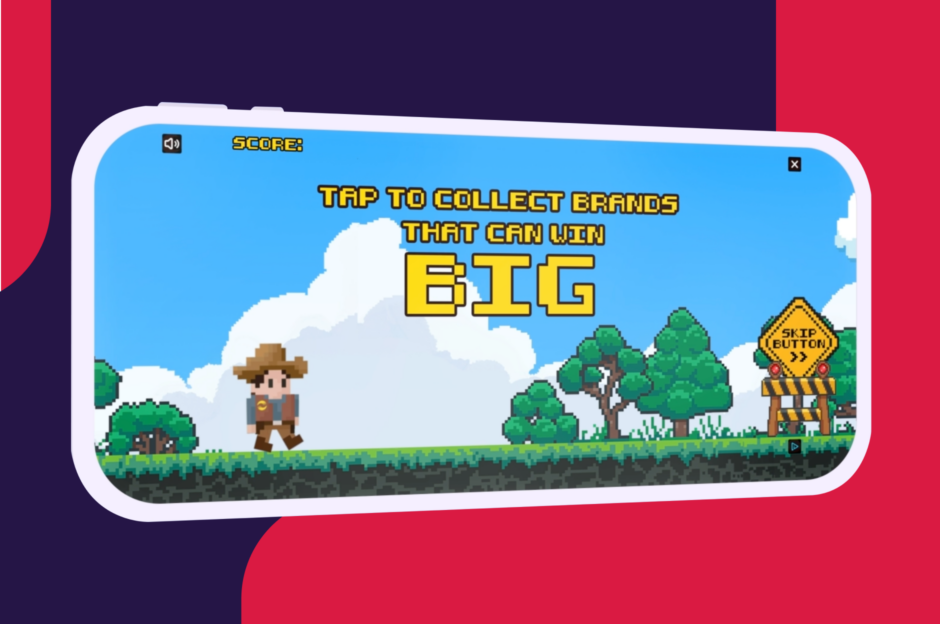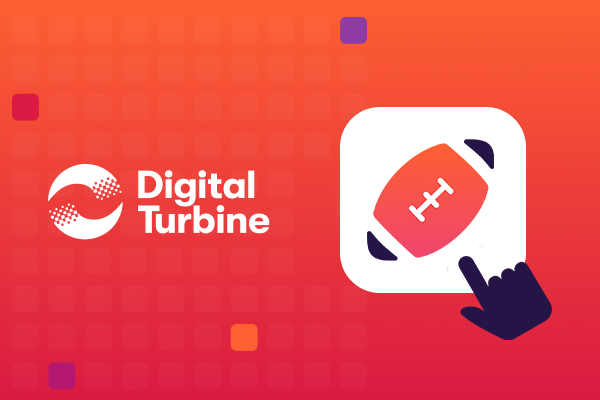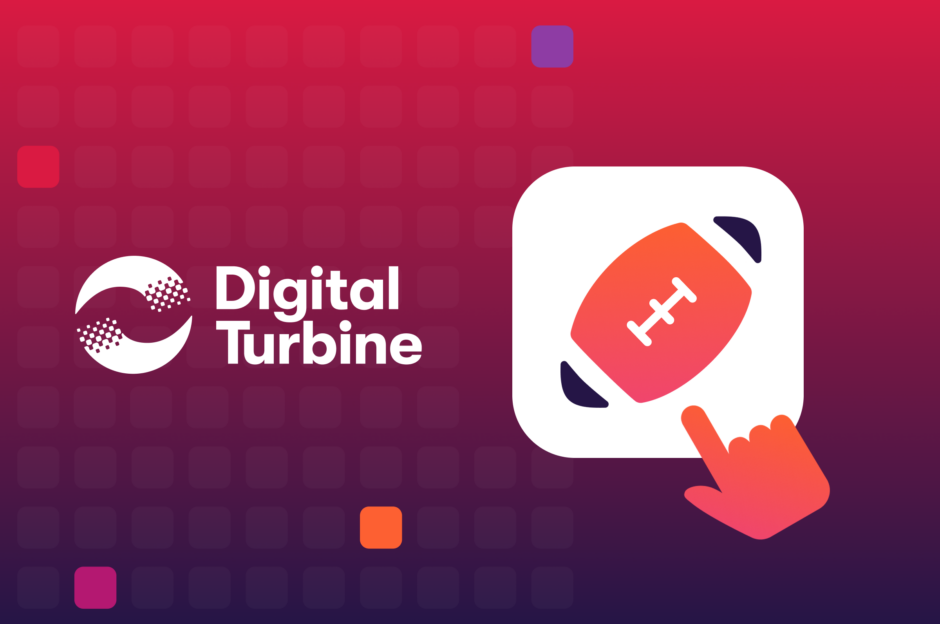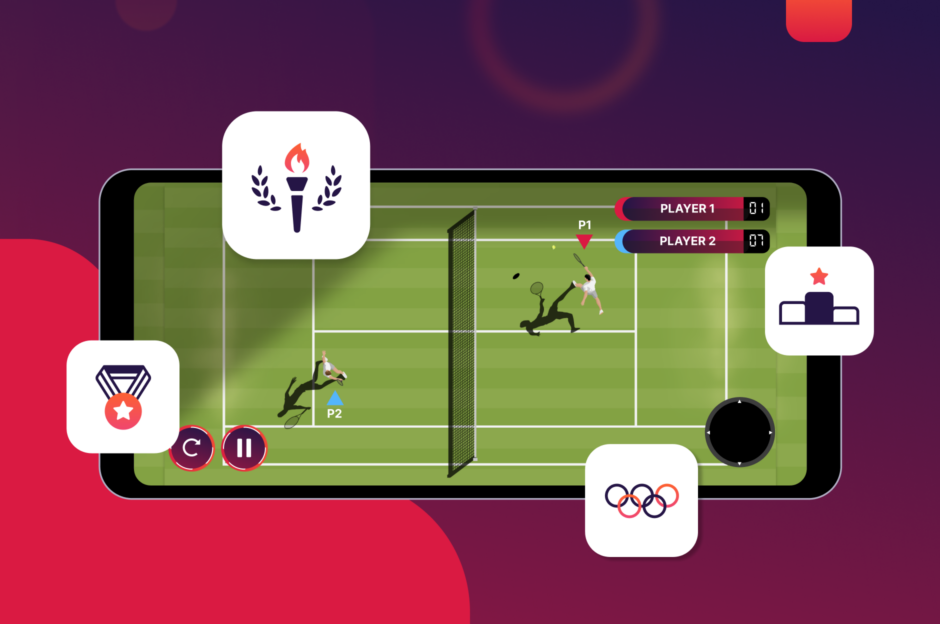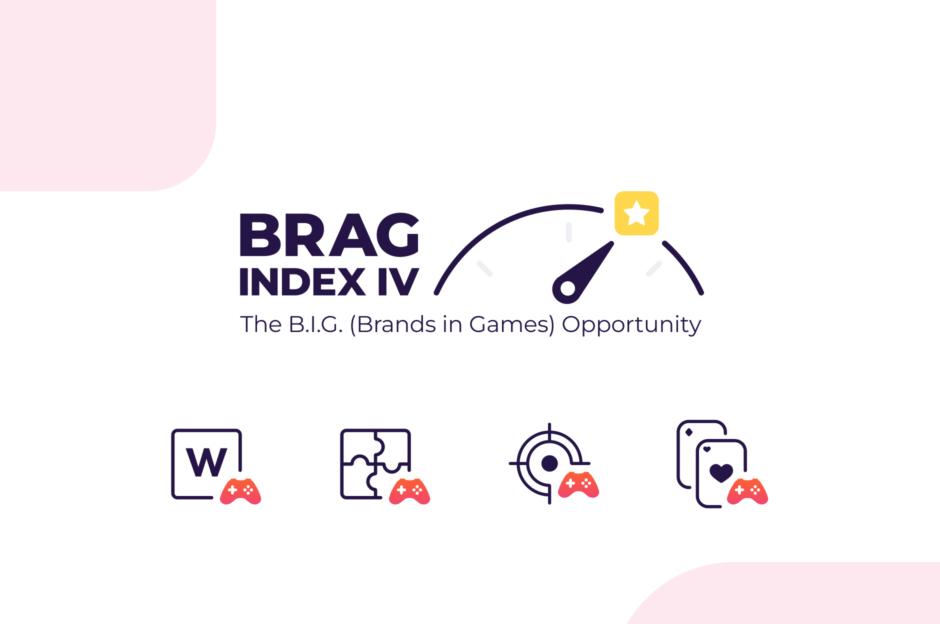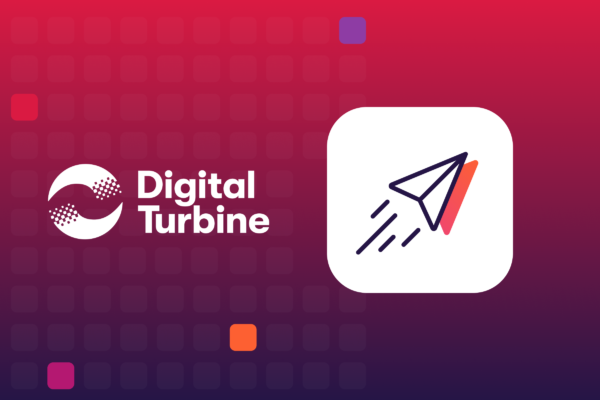
Bigger might be better in terms of functionality and that all important “wow factor”, however, if you want people to actually download, activate and constantly engage with your app, developing a “lite” app might be the right approach.
Survive and Thrive
The app ecosystem is a hugely competitive market and nothing will get your app thrown in the trash quicker than by hogging memory or burning through data.
With more than 90 percent of apps being uninstalled from devices within 30 days of being downloaded, if your app is going to survive and thrive, it better be useful, easy to use and fit for purpose – and that may mean being lean and mean.
Note: If the above stat doesn’t terrify you, try this one for size: Nearly 30 percent of apps are deleted within 10 minutes of being downloaded. Nothing will flag-up your app as a potential for instant removal than excess baggage, potentially tarnishing your app as bloatware.
Remember: Your app is competing for space with memory sapping personal photographs, videos and popular social media apps that your potential users “cannot live without”. Would your app survive the cull if a user was presented with the option of deleting it instead of something the user “really needed” (such as Facebook, Snapchat, Instagram)? As “useful” as your app is, I wouldn’t bet against the big boys of social media or those irreplaceable family photos.
Limited Space
While as an industry we are constantly focused on new and innovative devices, like the Samsung Galaxy Note 8 (and we’re already eagerly anticipating the release of the S9 rumored to be hitting stores in March 2018), it’s important to remember that technologies associated with premium products take a while to filter down to many consumers. This is particularly true with late (reluctant) adopters and buyers in emerging economies where cheaper devices mean less storage space. There are still a number of entry level phones touting a meagre 16GB of internal storage (or even just 8GB on devices like the still incredibly popular Samsung J3) compared to the 64GB or 128 GB offered by premium models.
With the average Android app size hitting 15MB (many games actually top 60MB) and the sheer number of photos and videos (often) permanently stored on devices, it’s easy to see how device storage is gobbled up.
Recommended Removals
When storage is limited, a device will recommend that the user sacrifices existing apps in order to install new ones. The bigger the app, the more likely it will be removed.
Data Hungry Apps
Apps that eat data and/or drain battery life are also likely to have a limited lifespan. Again, this will be particularly true with devices on low cost tariffs (with limited data plans) or in emerging economies where Wi-Fi (and even network) access may be limited and data costs can be prohibitively priced.
Go “Lite”
Aside from the obvious questions regarding device storage and ongoing data costs, there are other benefits to developing “lite” apps.
Following the successful trial of a “lite” version of the Twitter app in the Philippines, the social media giant recently announced that they were rolling out the app in 24 countries across Africa, Asia, Europe and Latin America.
Twitter has discovered that the “lite” app, which weighs in at just under 3MB and offers an offline and data saver mode (allowing users to only download images and videos they want to view) is not only more resilient on less reliable 2G and 3G networks, but has also increased engagement with the app, increasing the number of tweets sent by an amazing 50 percent.
When you consider that 80 percent of Twitter’s 330 million users are based outside of the United States, this “lite” approach to business makes perfect sense. However, it’s always worth remembering a significant number of domestic consumers may also be watching their storage space and data use.
Note: Smart app-based businesses do not let poor connectivity get in the way of business opportunities. In India, a country with more than one billion consumers, Uber has developed systems to book rides offline via voice, SMS and even third-party social network and messaging systems.
Cut the Fat
Could cutting the fat from your app help make it more attractive to prospective users, encourage greater engagement and extend its lifespan? It’s never too early to start a conversation to ensure your app is fit for purpose.
The experts at Digital Turbine are always on hand to help you plan and execute the delivery of your app via our global network of manufacturers and networks to ensure you put the right app in the hands of the right person at the right time.
Sign-Up
straight to your inbox.

